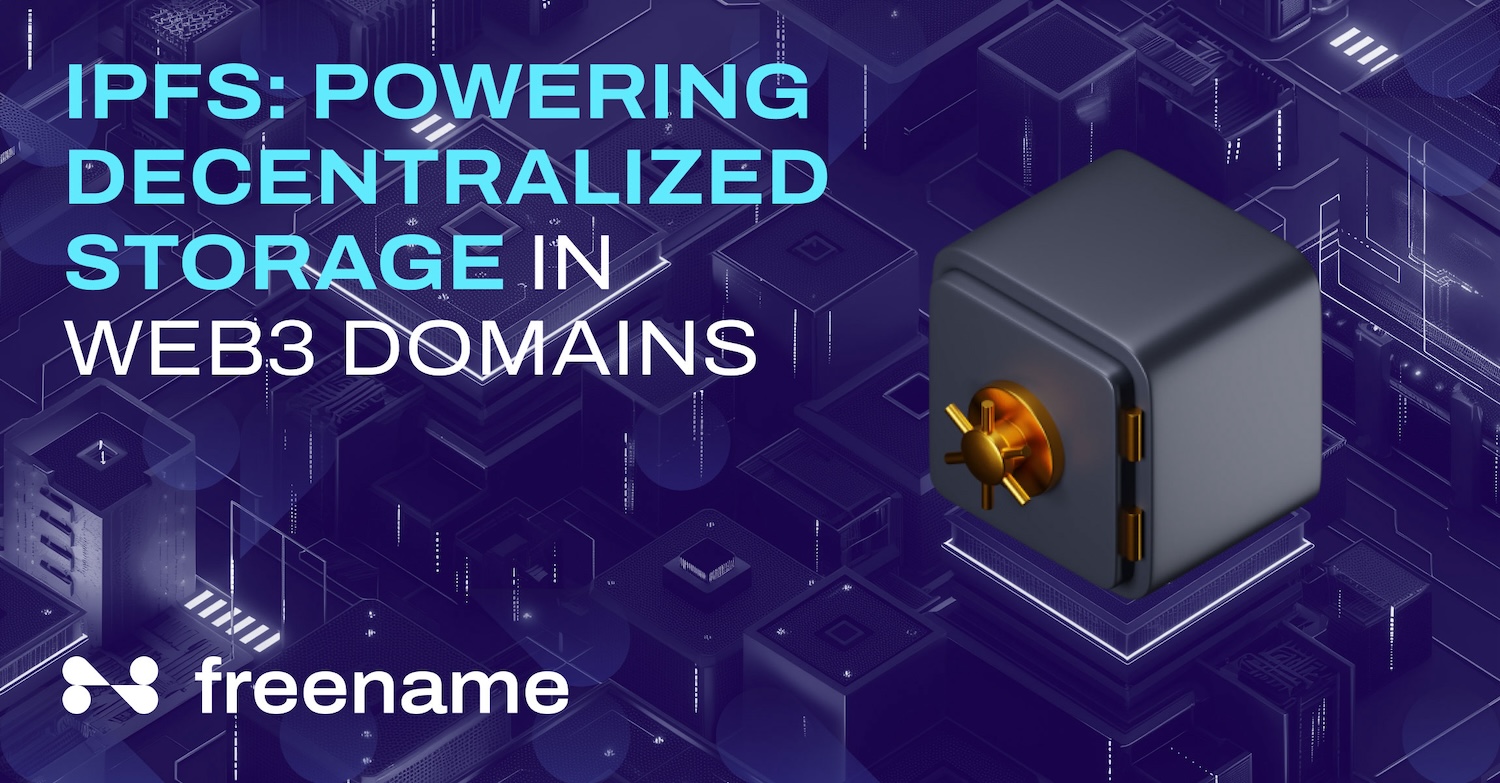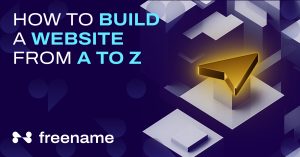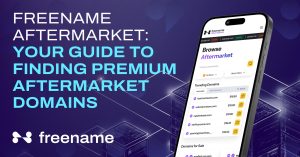In traditional web, or Web2.0, as we know, if you want to access a file on a network, you have to retrieve it from a central server. IPFS (InterPlanetary File System) is quite different from that as it’s decentralized. Think of it as the HyperText Transfer Protocol (HTTP) or FTP (File Transfer Protocol) for Web3.
Developed by Protocol Labs and released in 2015, IPFS has gained popularity, especially within the Web3 community. It’s built using popular programming languages Python, JavaScript, and Go. More importantly, it targets some inherent problems of centralized file-sharing systems, such as privacy concerns, security vulnerabilities, and censorship.
What is IPFS (InterPlanetary File System)?
IPFS (InterPlanetary File System) is a decentralized, peer-to-peer (P2P) protocol for storing and sharing files. In contrast to client-server models such as HTTP, it doesn’t rely on a centralized server. Instead, it’s spread over computers worldwide that share the storage capacity.
It’s similar to BitTorrent, a distributed P2P file-sharing protocol that became popular for sharing media.
Any computer or server can join the IPFS network. Instead of location, IPFS uses content identifiers (CID). Users can find files using CID, which the protocol maps using a distributed hash table (DHT).
How Does IPFS Work?
IPFS is all about decentralization, much like Web3 as a whole. This protocol involves computers spread worldwide that serve as nodes. Any file to be stored on this network is first broken into blocks. These blocks are then stored on the nodes.
But here’s where things get interesting—a single file may not be stored in one location. Once it’s broken into blocks, those blocks are stored on different nodes.
It uses a content-addressed naming system to locate the file. Instead of specifying the location of a file, users can put CIDs, which are, in turn, the unique hash of the file’s content. As a result, any computer within the network can access and download the file as long as it knows the CIDs. Also, each node has a direct acyclic graph (DAG), which contains the blocks stored on that particular node. This way, the node that contains a block can be located. Once all blocks are located and retrieved, the file can be reconstructed.
These CIDs are similar to URLs and permanent unless the file changes. But as far as the location is concerned, it doesn’t matter where the file is located, so it can move around and remain accessible with the CID, similar to how a website can be moved to another server but can still be accessed using the same URL.
Applications of the InterPlanetary File System
IPFS, as a decentralized file-sharing system, can serve various use cases. Here are its common applications:
- File Sharing: The primary use case of this specific decentralized protocol is sharing file and users can share even large files quickly and safely. There’s no need for a central server or login credentials. Users can access a file as long as they have the private key for it. This can provide a quick and safe way for people to collaborate on projects.
- Content Distribution: IPFS can also be used for content distribution, with files distributed across the network. One particular advantage of the InterPlanetary File System for content delivery is speed. The decentralized nature of this file-sharing protocol results in low latency, which means large files like videos can be accessed quickly. It can be a viable solution for streaming services or social media platforms.
- Web Hosting: IPFS and Web3 domains can provide permanent web hosting where websites live across distributed nodes. Unlike websites using HTTP or HTTPS protocols, websites on this protocol can avoid censorship. When Wikipedia was blocked in Turkey, a static copy of the online encyclopedia was made available in the country via IPFS.
Importance of IPFS for Web3
IPFS, as a decentralized file storage and sharing protocol, upholds the ideals of Web3. While blockchain, as a technology, dominates the Web3 space, IPFS also has its place in the stack. While blockchain can power the financial system of the new Internet, IPFS can handle files, websites, and even some applications that aren’t blockchain-based but are still decentralized.
More significantly, IPFS addresses the same concerns that Web3 does. Here’s why it’s an integral part of Web3:
No Censorship
Websites on the traditional web can be easily blocked by authorities who often regulate and control service providers. That may not happen with InterPlanetary File System, which isn’t controlled by a central authority. The power and storage are distributed, which makes it difficult for content to be blocked in a certain location. This way, IPFS can ensure the transparency of information, which is a major theme of Web3.
Fast Content Delivery
Another reason IPFS is important for Web3 is its performance advantage. This file-sharing system’s P2P structure makes data more readily available, resulting in lower downtime than traditional client-server protocols, which often have a single point of failure.
Challenges to Counter
InterPlanetary File System still has a long road ahead of it, as there are some big issues to address. Firstly, IPFS, in its current state, is running on a command line interface and with APIs. So, while it’s developer-friendly, it’s not yet user-friendly for the average user.
The adoption of IPFS is gradually growing, but it’s still a new technology, so some kinks may need to be ironed out before everyone uses it online.
Embracing the Web3 Universe!
IPFS has caught the attention of some of the biggest names in the world. In 2020, Netflix collaborated with the team behind IPFS to empower its developers and take advantage of distributed nodes. It’s only a matter of time before IPFS becomes content distributors’ go-to choice.
Although not based on blockchain, it’s an inherently decentralized file storage and sharing system wholly aligned with the Web3 vision.
| Web3 websites can be hosted on IPFS permanently so If you’re looking for Web3 domains, look no further than Freename. |
InterPlanetary File System: FAQs
What is the purpose of IPFS in Web3?
IPFS (InterPanetary File System) acts as a decentralized storage layer in Web3. It replaces centralized servers with decentralized nodes (computers or servers) that store files divided into blocks. The purpose of IPFS is to offer decentralized storage so files can be shared securely and avoid unnecessary censorship or control from central authorities.
How does IPFS work in relation to blockchain domains?
IPFS can store the content linked to blockchain domains, such as websites or application code. The domain acts as a pointer to the data stored on IPFS, much like URLs point to the data (website) stored on servers. Blockchain domains, also called Web3 domains, create a permanent and tamper-proof association with the data on IPFS.







